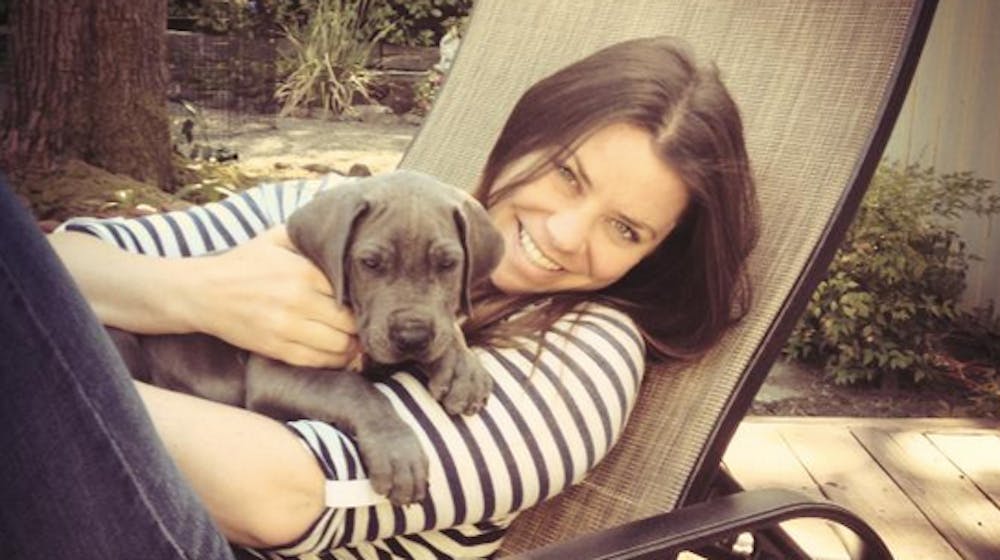Over the past few weeks, the debate surrounding physician-assisted suicide has seen a significant revival, both in political and public opinion. The spark reigniting the fire was the death of 29-year-old Death with Dignity advocate Brittany May- nard on Nov. 1.
Maynard was diagnosed earlier this year with a terminal form of brain cancer that, at best, gave her six months to live.
With the intent of easing the burden on herself and her family, Maynard denied extensive treatment of her disease.
She chose to move from California to Oregon to take advantage of Oregon’s Death with Dignity Act, which allows terminally ill yet mentally competent patients to choose assisted suicide.
Maynard became an advocate for right-to-die group Compassion and Choices and told her story through a series of YouTube videos and social media plugs. She died in the company of her family and loved ones.
While Maynard’s case may have brought euthanasia back into the public consciousness, previous arguments on its ractical and ethical implications have been numerous.
The right to choose death is not a static issue, but rather one that changes with each new perspective.
What makes it different from other hotly contested debates is how definite it is — once someone has committed to assisted suicide, there’s no going back.
Considering, then, the serious nature of this debate, I’m unsure of whether we can ever reach a definitive answer to whether euthanasia is the right answer for terminally ill patients.
Still, the natural answer to controversy in debate is education — the better the public understands the issue, the clearer the arguments can be.
Maynard’s Death with Dignity campaign was strong, as it personalized what is essentially an abstract ethical issue.
What I admire most about Maynard’s campaign is that she never discredits those who may choose differently.
“I would not tell anyone else that he or she should choose death with dignity,” she wrote. “My question is: Who has the right to tell me that I don’t deserve this choice?”
In a debate that strives to categorize arguments into the black-and-white mentality — euthanasia is being presented as either inherently right or inherently wrong — Maynard distances herself from her own decision by emphasizing freedom of choice, rather than the choice itself.
We should stop trying to spin stories such as Maynard’s so they can fit into such constricting categories as “right” and “wrong.” We should support Maynard’s point that there is no answer that will fit every situation.
How one chooses to spend his or her final days should be a personal choice, made not with regard to the ethicality of the act but to the well-being of oneself, family and loved ones.


